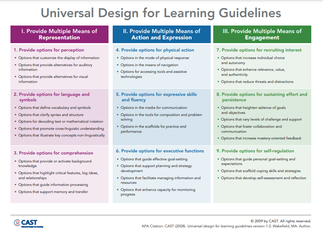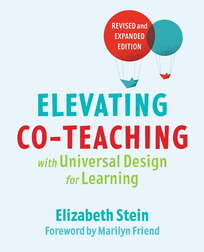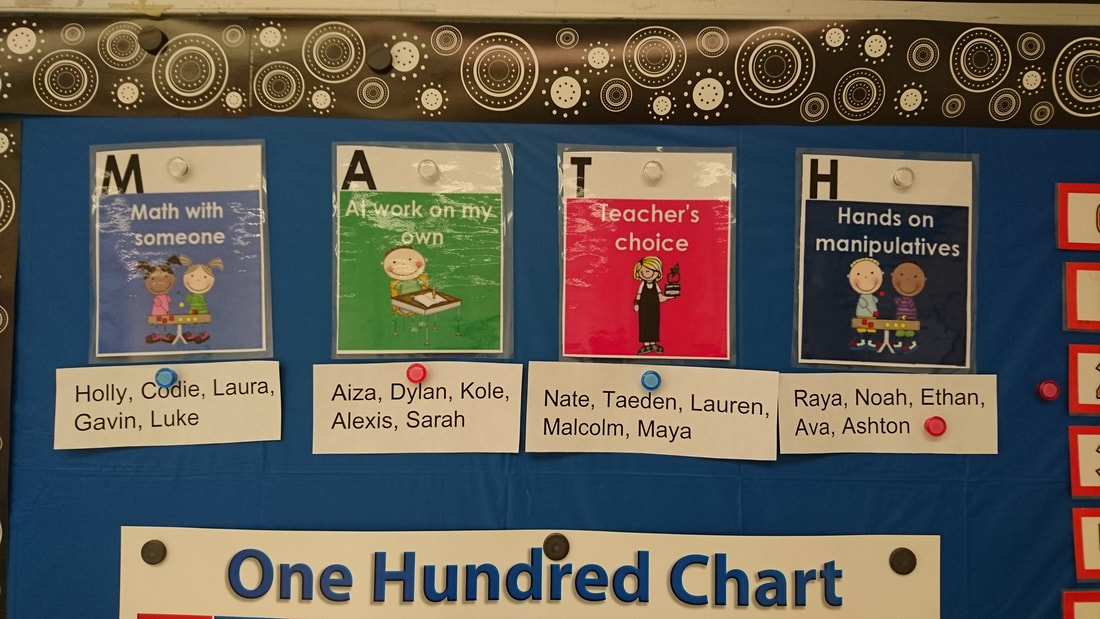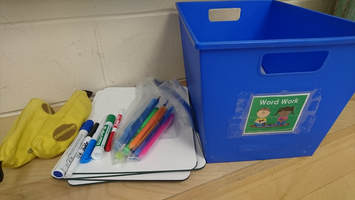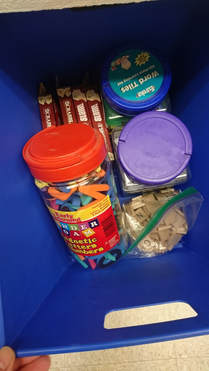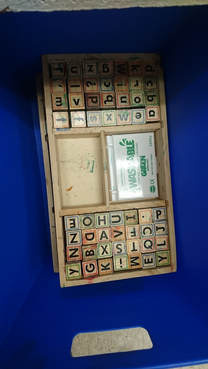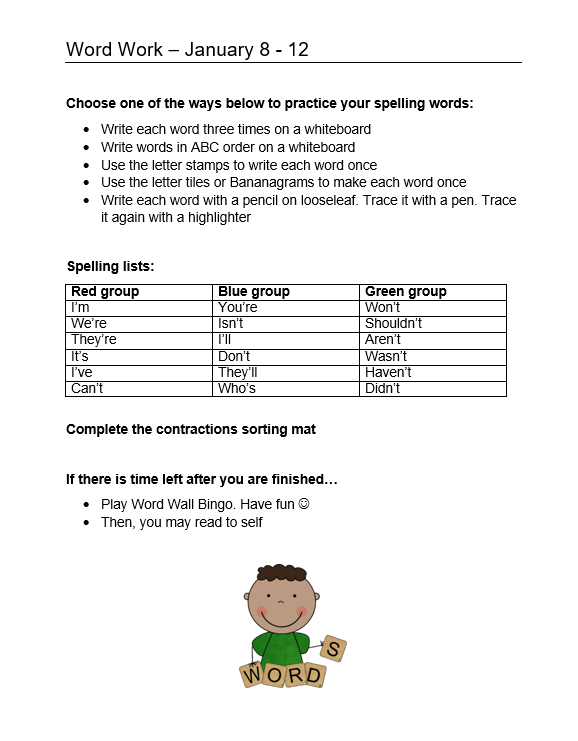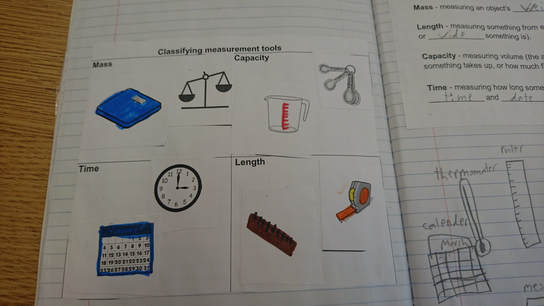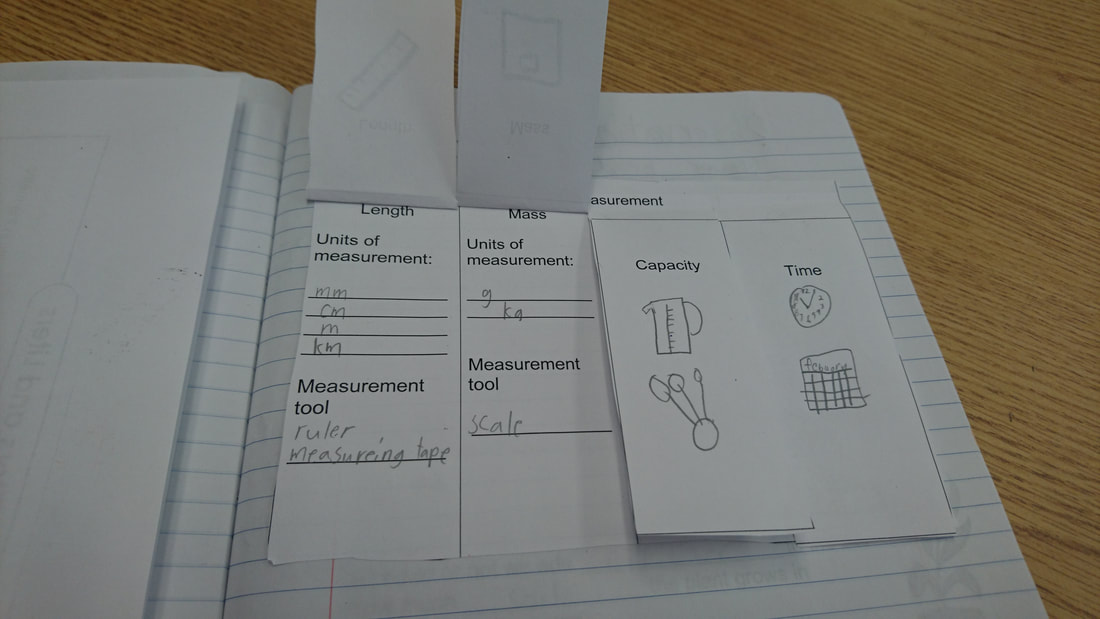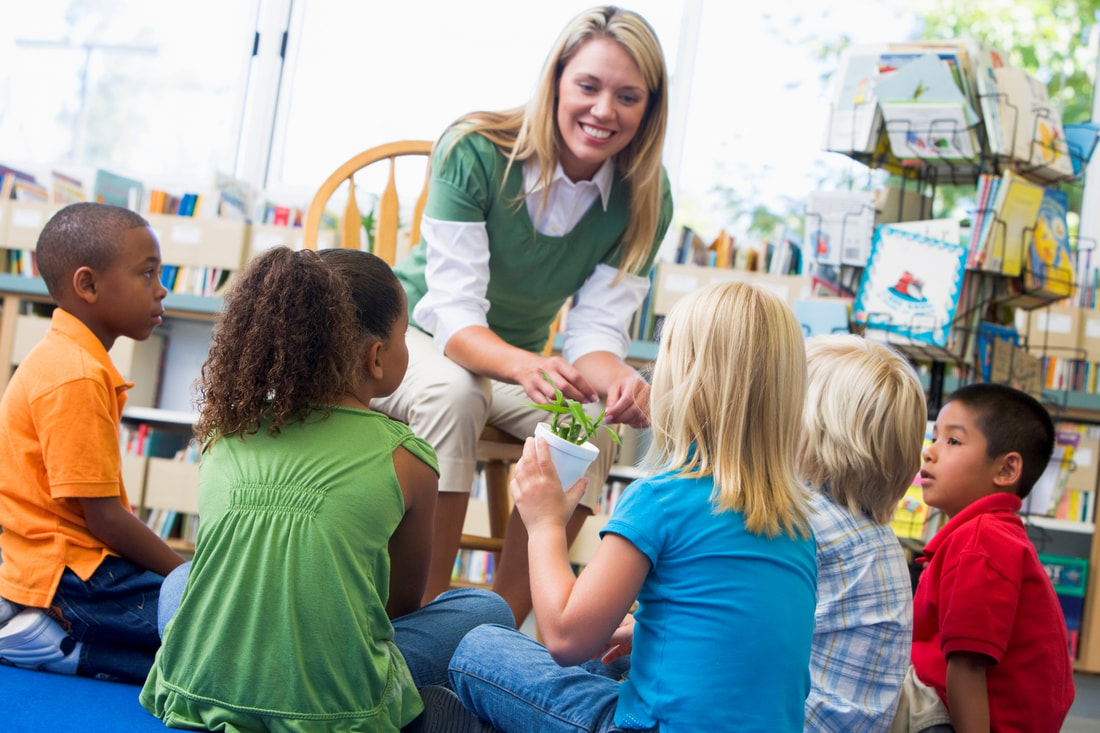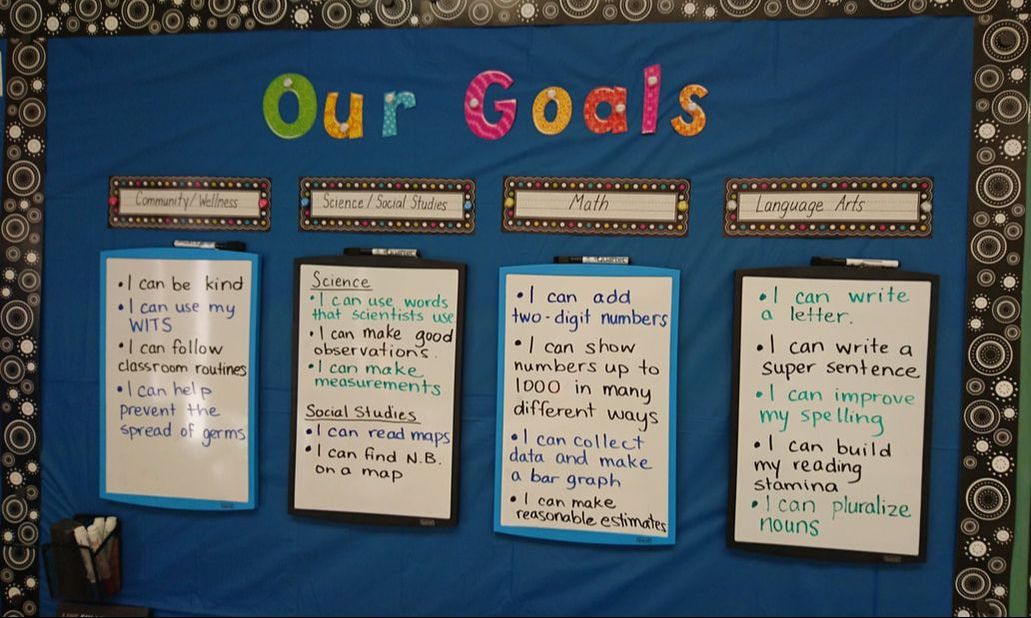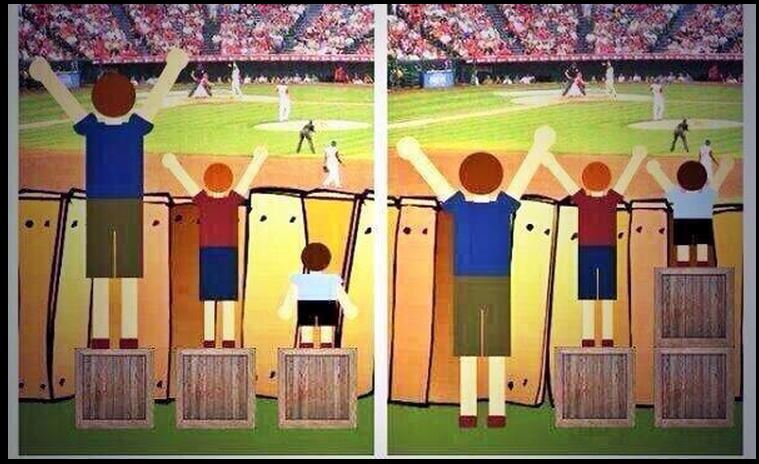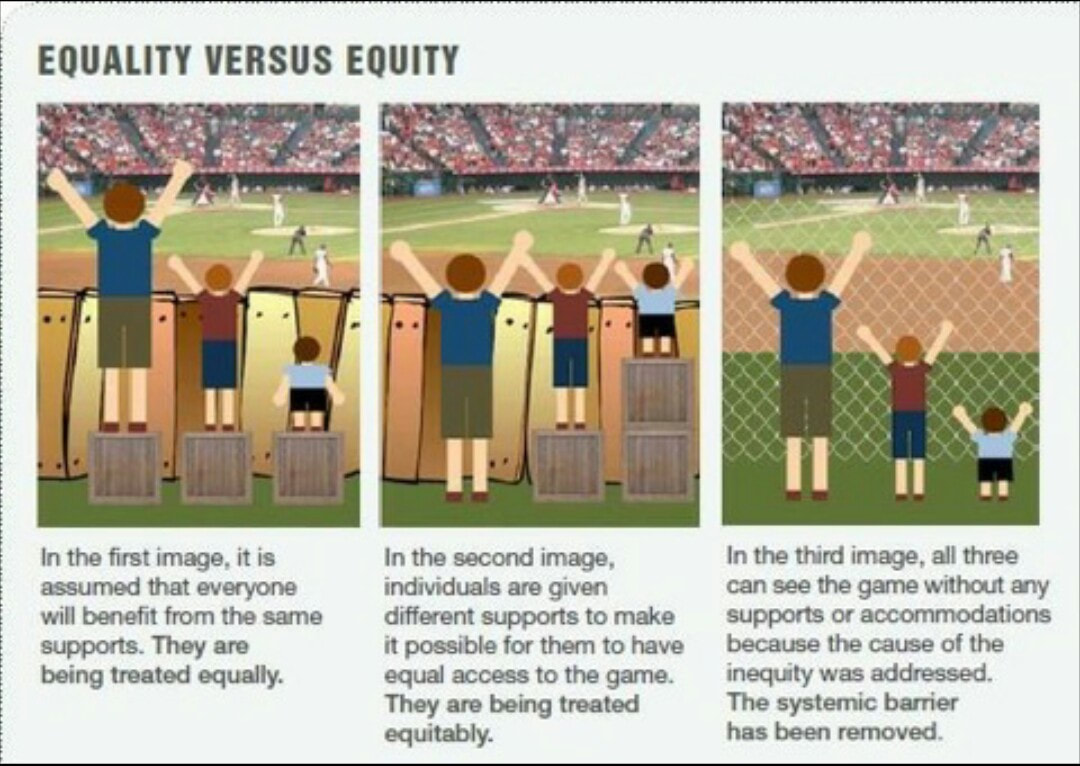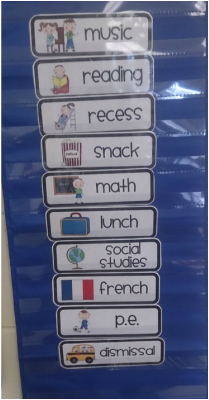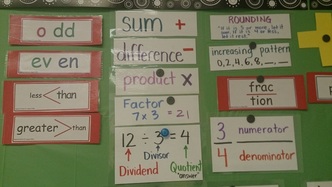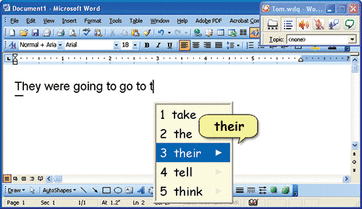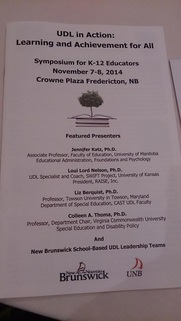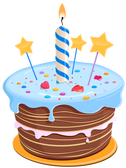When implementing the Universal Design for Learning (UDL) framework, educators must consider the potential barriers students may face when learning, and then develop possible solutions that empower all learners to access curriculum and demonstrate their learning. When this process becomes internalized, educators are teaching and learning with a UDL mindset.
What is a barrier?
- Anything that prevents a student from accessing curriculum - this may include not yet being fluent in the language of instruction, difficulties with working memory, having difficulties with emotional regulation or anxiety, impairments in vision and/or hearing, unmet physiological needs (hunger, fatigue), or anything that impedes one's ability to access curriculum or demonstrate what they have learned.
Who experiences barriers to accessing curriculum?
- Everyone. Literally everyone, in varying degrees at one time or another. Even the most 'proficient learners' can encounter situations where they feel unable to learn, concentrate, or remember. For some learners it's situational - they may excel in solitary tasks but may experience difficulty working with others. Some may struggle with tasks that have time limits, or with organizing their ideas.
How can we anticipate barriers and plan possible solutions?
- Getting to know our students is a must. What are their interests, strengths, and needs? Are they not yet fluent in the language of instruction? Are there any diagnoses that you have been informed about (e.g. ASD, ADHD, specific learning disabilities, etc.)? Are some students coping with grief or trauma? Whether or not we have all of the information (we won't), in the classroom we can spend time getting to know students and help them discover the conditions under which they can better learn and show what they know.
- Consider the barrier(s) for any given lesson/activity, and develop as many possible solutions as you can. Try to include things that you can actually implement in your classroom context to address the barriers you anticipate among the students in your classroom. I find it helpful to make a T-chart in the planning stages of a lesson. Here is one example:
A UDL mindset is guided by the belief that all learners can access curriculum. Educators who plan with a UDL mindset consider the barriers present in the physical location, delivery of instruction, and materials used to make the learning environment more inclusive and equitable for everyone.
A UDL mindset respects variability, recognizing that all learners can benefit from access to flexible supports and scaffolds in the classroom. It holds learners in the highest regard by assuming that everyone can access curriculum by designing lessons and activities to address possible barriers students may face in learning.
Intentionally planning for variability helps educators and learners develop a bank of possible solutions over time. As indicated by the example above, some solutions are beneficial to address many different types of barriers (e.g. extra time, access to digital texts). We become more proficient at developing solutions to increase access to learning for everyone and continually challenge ourselves to make the learning environment more inclusive.
When we plan and teach with a UDL mindset, we are building a culture of learning in the classroom in which students also learn to respect diversity and inclusion because they learn to appreciate that each learner is unique and their preferences and needs differ.
Interested in learning more about the UDL mindset?
Check out this link from UDL-IRN (2020).

